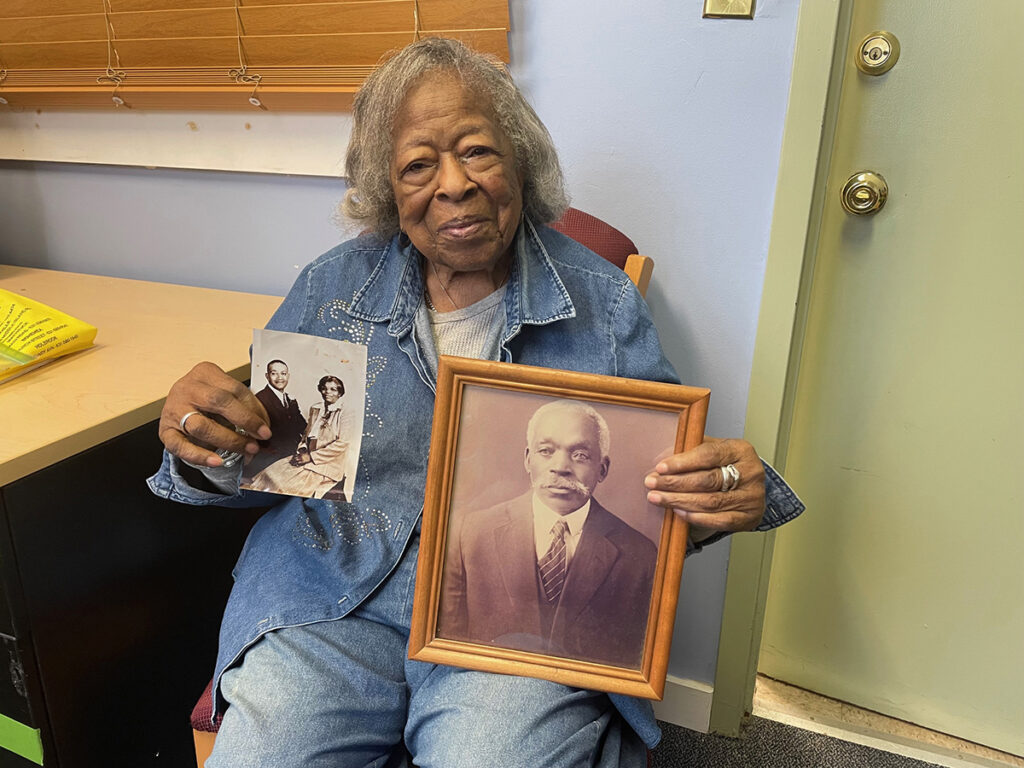Equal Time: Farm stand patrons and wholesale buyers avoid buying corn with any tip damage.
The two letters “Arrogant farmers” and “Quiet the cannons” come as no surprise in the Aug. 18 edition of The Suffolk Times, especially to a farmer like myself who employs these loud cannons out of necessity.
What does surprise is how a lack of public knowledge about the use of these cannons has developed into unchecked anger and even the misuse of our local paper to level insults and mount legal threats. In the interest of informing the public about this agricultural practice, I’ll offer an explanation as to why farmers resort to using propane cannons in the deterrence of three bird species — red-winged blackbird, grackle and European starling — each present in flocks capable of ruining acres of sweet corn in a single day.
By ruin I do not mean to say that the birds devour every ear, only a small part of each and every ear: the tip. The tip is the easiest for the birds to access given the ear’s soft tuft of silk. It’s also the point from which other corn pests, including “worms,” eventually emerge to continue their life cycle and migration. The birds feed on these insects and the top-most kernels, and they do so with alarming efficiency and persistence.
From a farmer’s perspective, farm stand patrons and wholesale buyers avoid buying corn with any tip damage, whether it’s from insects, birds or raccoons. Knowing that the corn must be near perfect to be salable, farmers will patrol fields by driving back and forth between the rows hourly to scare birds away. But every summer there comes a time — late July, early August — when birds overwhelm growers, especially growers who tend over 25 different vegetables and fruits in order to fill the North Fork’s cornucopic farm stands. Cannons are the very last line of defense in a desperate effort to scare birds away long enough to harvest the corn and protect the following week’s supply. At this time of year, farmers are lucky if they are able to harvest one half of the corn sowed, cultivated, watered, fertilized, sprayed, patrolled and, a total of 72 days from seed, harvested. No arrogance. No selfishness, nor malice toward our good neighbors. We express only the intent of selling a crop that, despite its labor- and land-intensive needs, provides the revenue to subsidize production of other vegetables.
As for alternatives: Netting three acres of corn in the short window when it’s ripe, and therefore most attractive to birds, is a Herculean labor. The amount of net required is enormous and would make irrigation and harvest extremely difficult if not impossible, as the net’s weight, combined with wind and corn’s shallow root system, would lay the corn prostrate and make it backbreaking to pick. There’s also a spray on the market that claims to deter birds, but reports from farmers, who want to avoid spraying anything on their crops if possible, say otherwise.
Sure, farmers could quiet the cannons, but only if we also wanted to stop giving near-perfect produce to dozens of local fundraisers and charities, only if we could afford to drop our prices and apologize to our patrons for our “damaged” produce, only if we thought it remotely sane to import corn from Mexico, Canada and California when Long Island’s unique maritime climate and glacial till allow for some of the best sweet corn in the world to be grown locally as part of a healthy, rotating polyculture.
“Well why do you farm if it’s so hard?” a person once asked me at a town meeting. I have honestly thought about that question every day since, how it presumes agriculture is something to outgrow in America, a low condition to rise above with college education and a so-called good job. In response I can only point to what farming has given me and those in this community: a steady job, an extended family in which children and grandparents are regularly part of one another’s lives, a local economy rooted in growing and catching healthy foods in an area as beautiful as any. In light of these boons, how precious and simultaneously ludicrous is a Right to Farm Act?
Unfortunately, cannons are part of this picture for growers — a picture that will continue to include sweet corn — at least until Labor Day when the flocks move on. In the meantime, we farmers on the North Fork apologize if we have offended anyone with our food.
Mr. Sepenoski farms with his father, Peter, on the family’s land in East Marion and Orient. He divides his time between the North Fork and Boston, where he teaches writing and composition at Emerson College.








